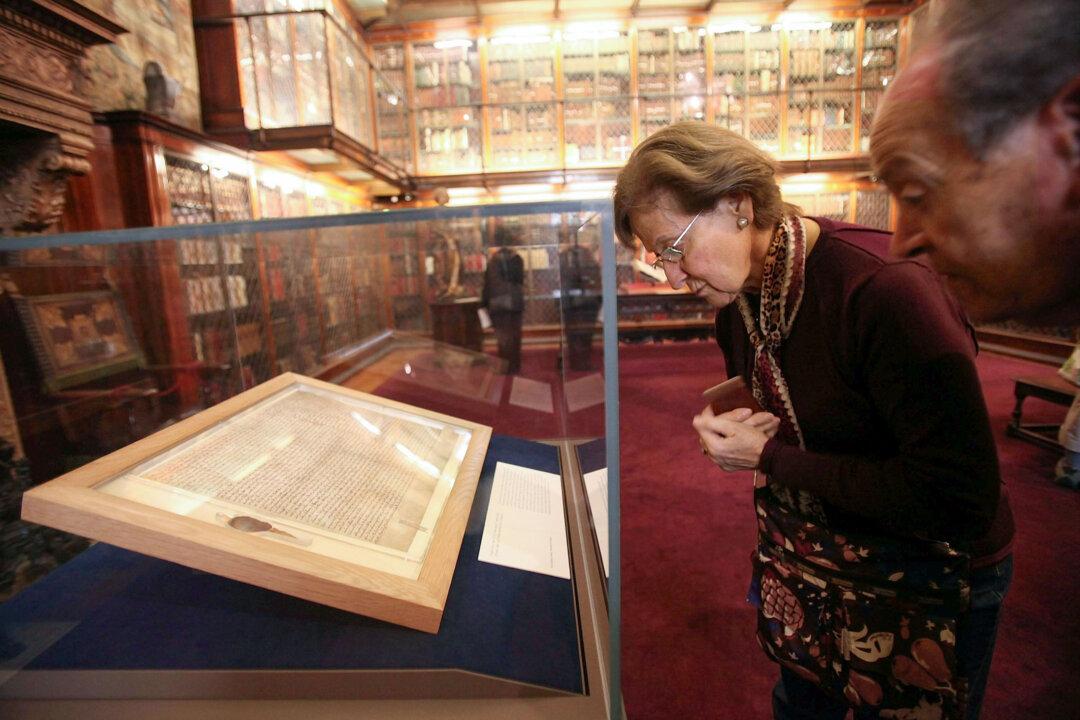Commentary
In the wake of multiple killings in Nova Scotia recently, the federal government announced an immediate ban of over 1,500 models of so-called “military-style assault weapons.” Prime Minister Justin Trudeau said the measure was “to combat gun violence and help keep us safe.”





